Air Canada Aeroplan is one of my favorite frequent flyer programs. They have more airline partners than any other program, so you can find award seats somewhere and you can combine more airlines in a single award ticket than anywhere else.
Aeroplan eliminated fuel surcharges 5 years ago after bringing their frequent flyer program back in-house. They had been the first to spin it off into a separate company and sell it two decades ago. And they have reasonable award rates (for the most part).
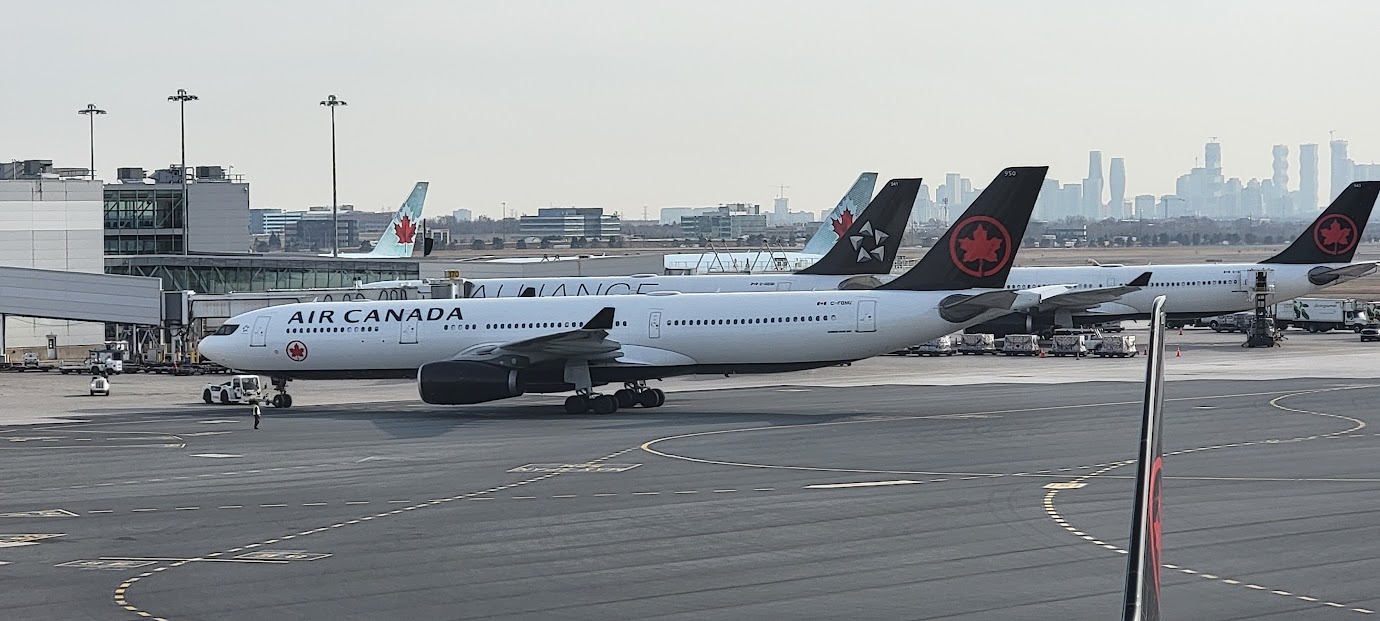
Since they’re a transfer partner of most of the major points currencies in the United States, it’s easy to get Aeroplan points and redeem them (e.g. Chase, Amex, Capital One, Bilt, Mesa).
Now, Air Canada Aeroplan is making some pretty big changes to their frequent flyer program, going into effect January 1, 2026. If you’re like me, and earn points with them occasionally – maybe buying their points, or transferring them in from a bank program – these changes don’t affect you. There are no changes to transfer partners or points redemption (though a few good things there should be coming).
- Air Canada is changing how points are earned from flying
- And they’re changing how elite status is earned
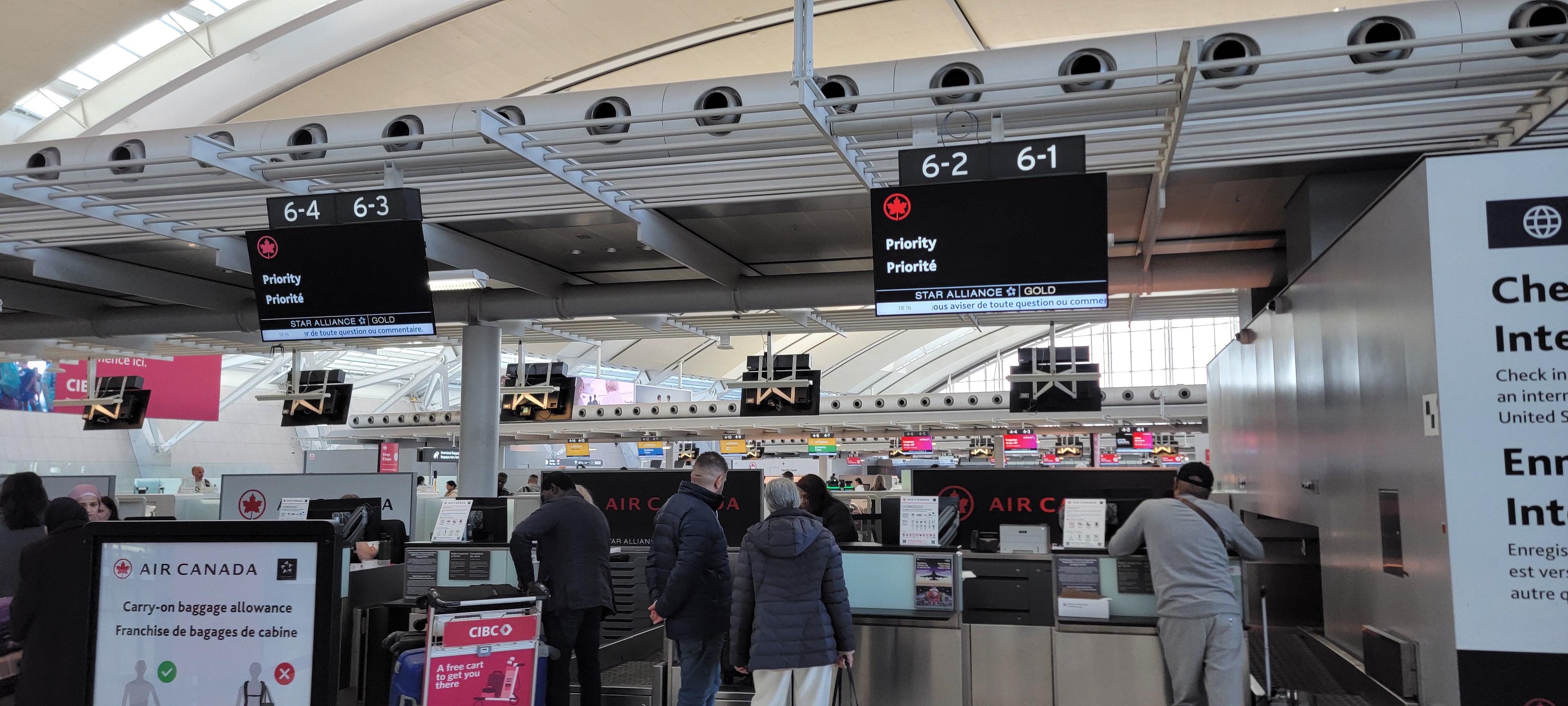
Earning Aeroplan Points For Flights
Air Canada Aeroplan will move to a revenue-based program starting January 1, 2026. Instead of earning points based on distance flown (adjusted for the fare class of your ticket, with a bonus or penalty),
- Base members will earn 1 Aeroplan point per CA$1 spent on base fare and carrier surcharges. Taxes do not earn points, and ancillary fees like seat assignments and checked bags don’t earn fees either. That’s a lost opportunity (since it’s much higher margin revenue they should want to incentivize!) but it’s also more complicated. Mileage-earning is usually tracked by ticket number, and no ticket is issued or refaring done when you buy add-ons.
- Elite members earn faster: 25K=2x, 35K=3x, 50K=4x, 75K=5x, Super Elite=6x.
- The elite multiplier appplies to Air Canada flights and to Air Canada-ticketed flights operated by United, Lufthansa Group (LX/LH/OS/SN), Copa. For partner flights not ticketed by Air Canada, earning stays distance‑based. If you buy in a non‑Canadian currency, your fare is converted to Canadian dollars for points-earning.
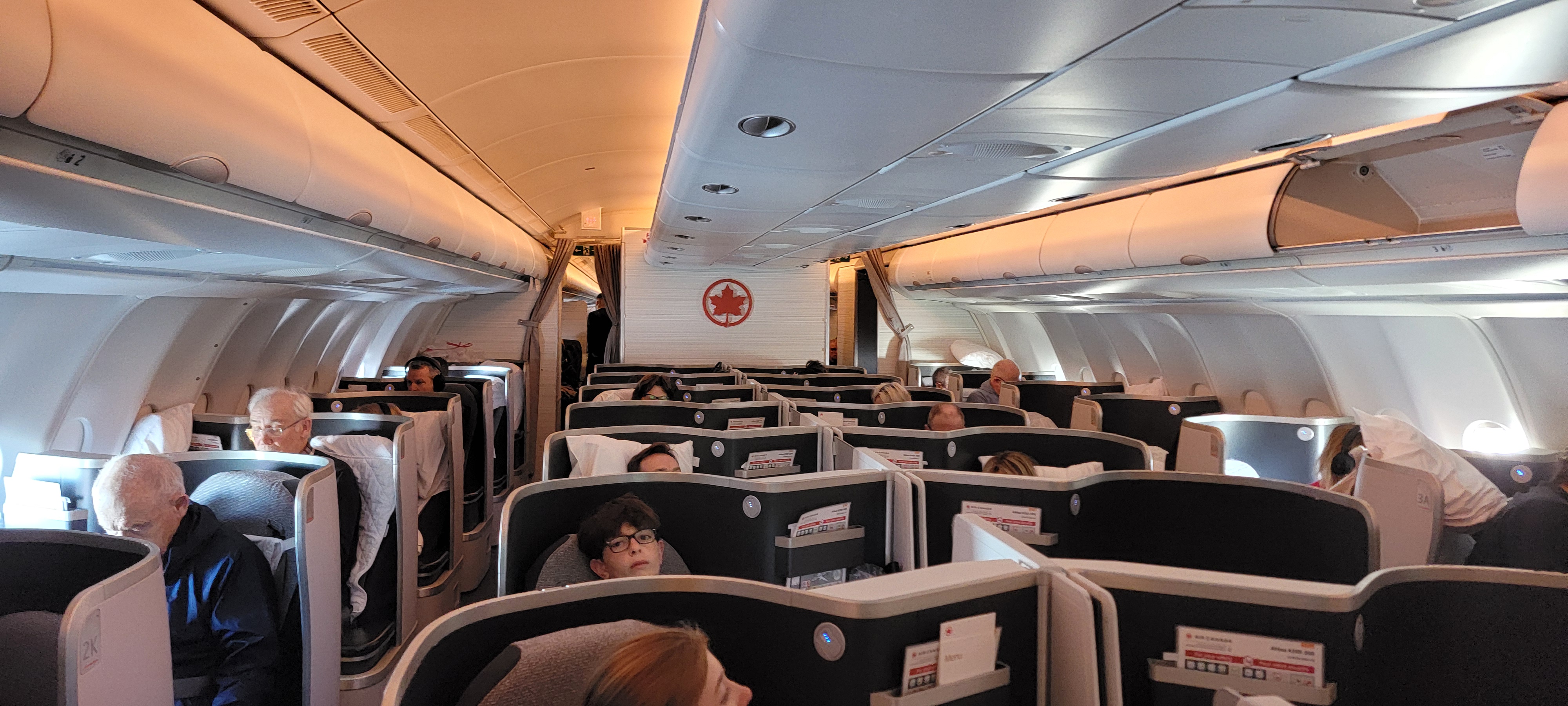
What Are They Thinking Awarding So Few Points?
Let’s first point out that this is very ungenerous points-earning. Base earning of one point per Canadian dollar compares to 5 points per US dollar at United, American, and Delta!
An American AAdvantage Executive Platinum earns 11 points per US dollar – an Air Canada Aeroplan Super Elite earns just six per Canadian dollar. Normalizing for the low value of the Canadian dollar, even after recent declines in the U.S. dollar, American is about 1/3rd more generous with points-earning for its top elites.
So who earns similarly to this new Air Canada point?
- JetBlue (Blue Basic fares) earn 1 TrueBlue point per US$1 at the base level
- Southwest (Basic economy) earns just 2 points per US$1 (though higher fares earn 6x/10x/14x)
- Air Canada is copying WestJet Rewards here at just 1 point per CA$1, though they award points on more ancillaries.
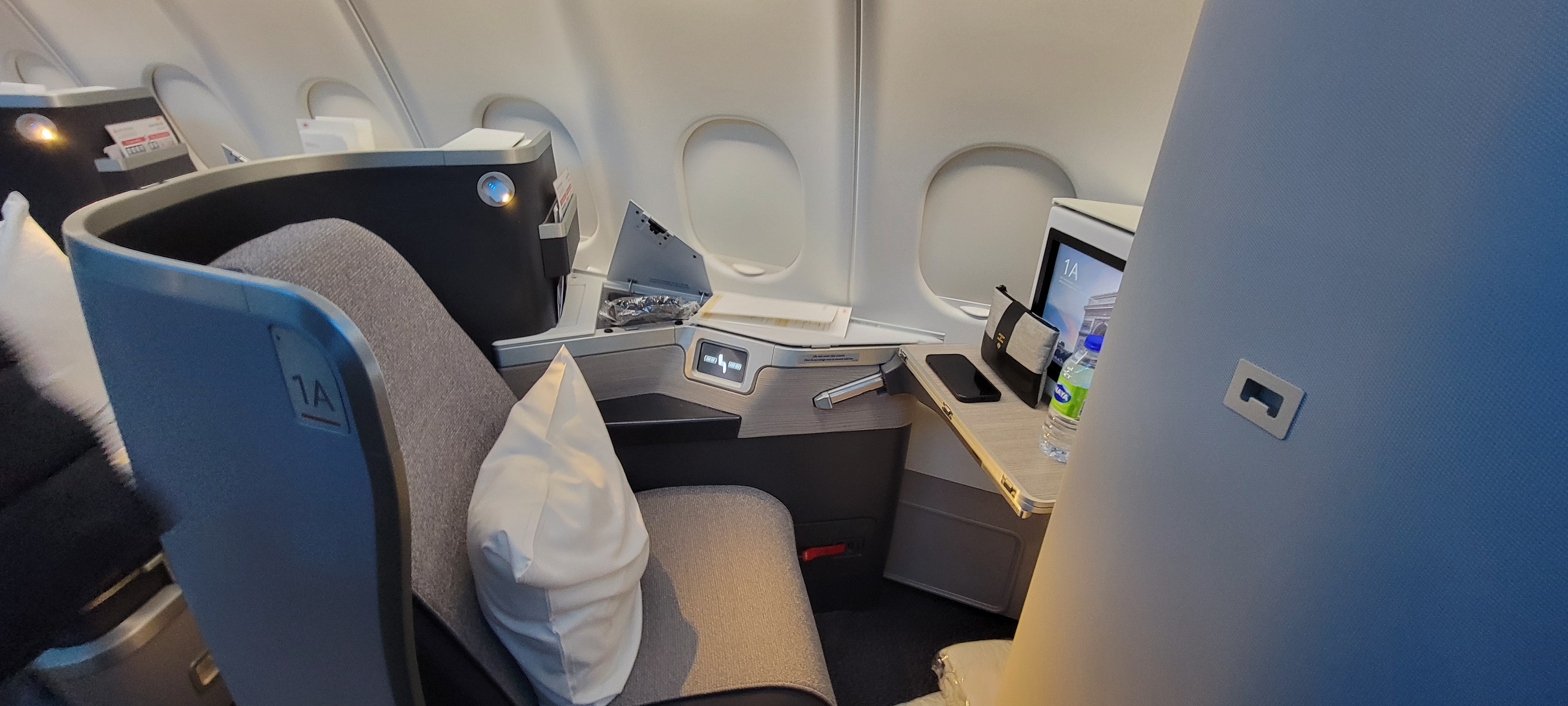
I asked Scott O’Leary, Air Canada’s Vice President for Loyalty and Product, what this was all about?
- Did they just see WestJet as their competition?
- Was this going to be rich enough so that new members would bother joining the program, and rewarding enough to get them coming back?
- In other words, was it enough of a rebate to feed the top of the funnel, and bring in future elite members and cobrand cardholders?
Scott pointed out that they did not expect to reduce their spend on members with these changes. Instead, the program actually hasn’t been more generous than this on the accrual side to begin with! While they’ve awarded points based on distance, the lowest fares have only earned 25% or 50% of distance flown.
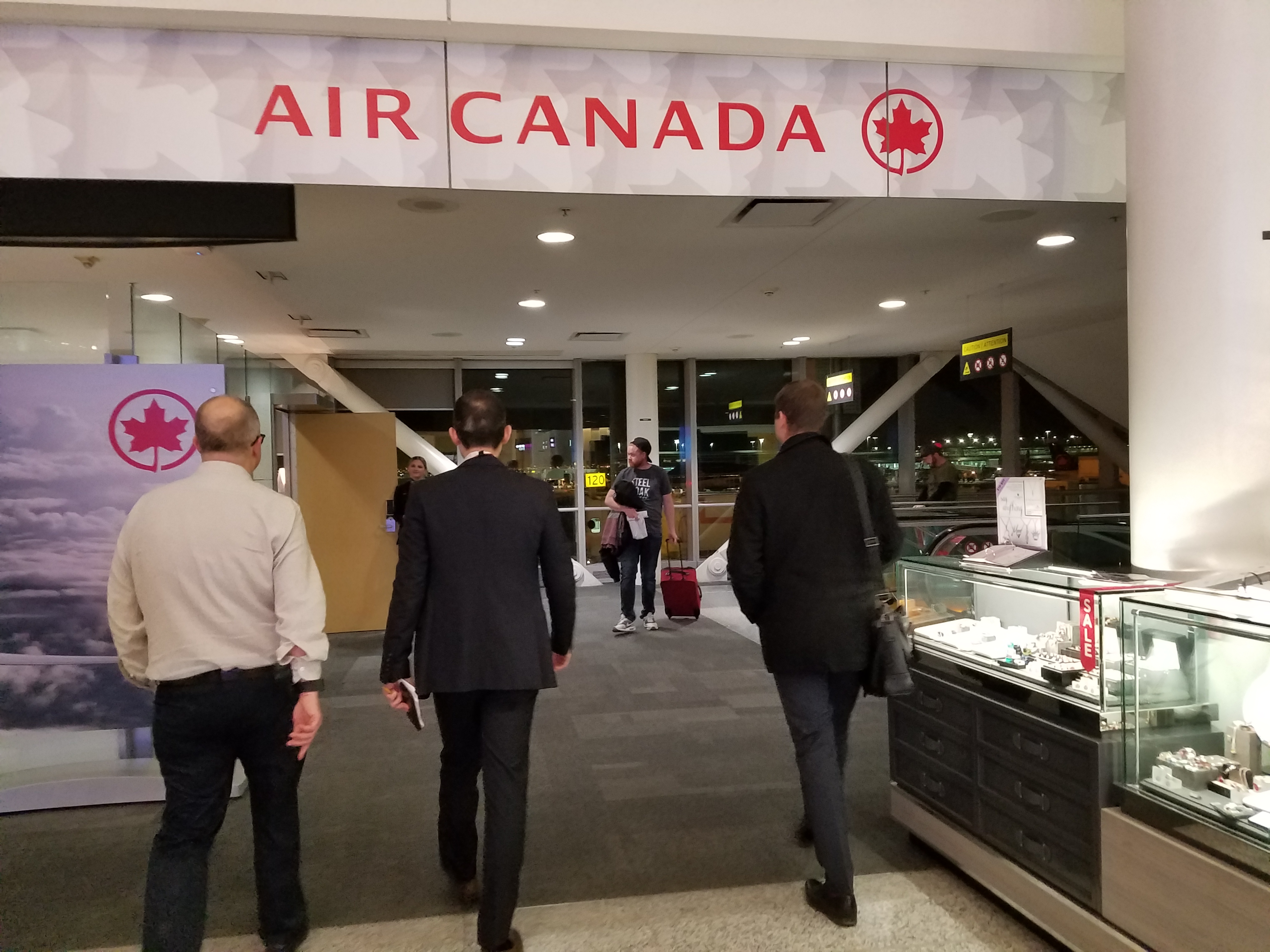
The members who won’t earn as many points are those who fly predominanly long haul (and not a mix of long- and short-haul flights). For them, earning based on distance is better. But that’s actually not many members.
He also suggested their surveys of members said most didn’t understand how or how many points they’d be earning (under the distance x fare class system) and this will be clearer, so they shouldn’t lose anything attracting members. Although I do think doing more to engage those new not-yet-elite members and bring them into the ecosystem is warranted, though in fairness they’ve grown the program substantially the past 5 years without doing so.
At the same time, for many years Air Canada has considered sixth freedom flying to be a huge opportunity for them: U.S. passengers who don’t live in major hubs with non-stop flights to Europe or Asia, but where Air Canada offers service, have the same one-stop flight opportunities with Air Canada through Toronto and Vancouver as they do with U.S. airlines through Chicago, New York and L.A. Yet on the points accrual/rebate side of the program they’re highly uncompetitive – precisely to win business that they might need to outcompete for.
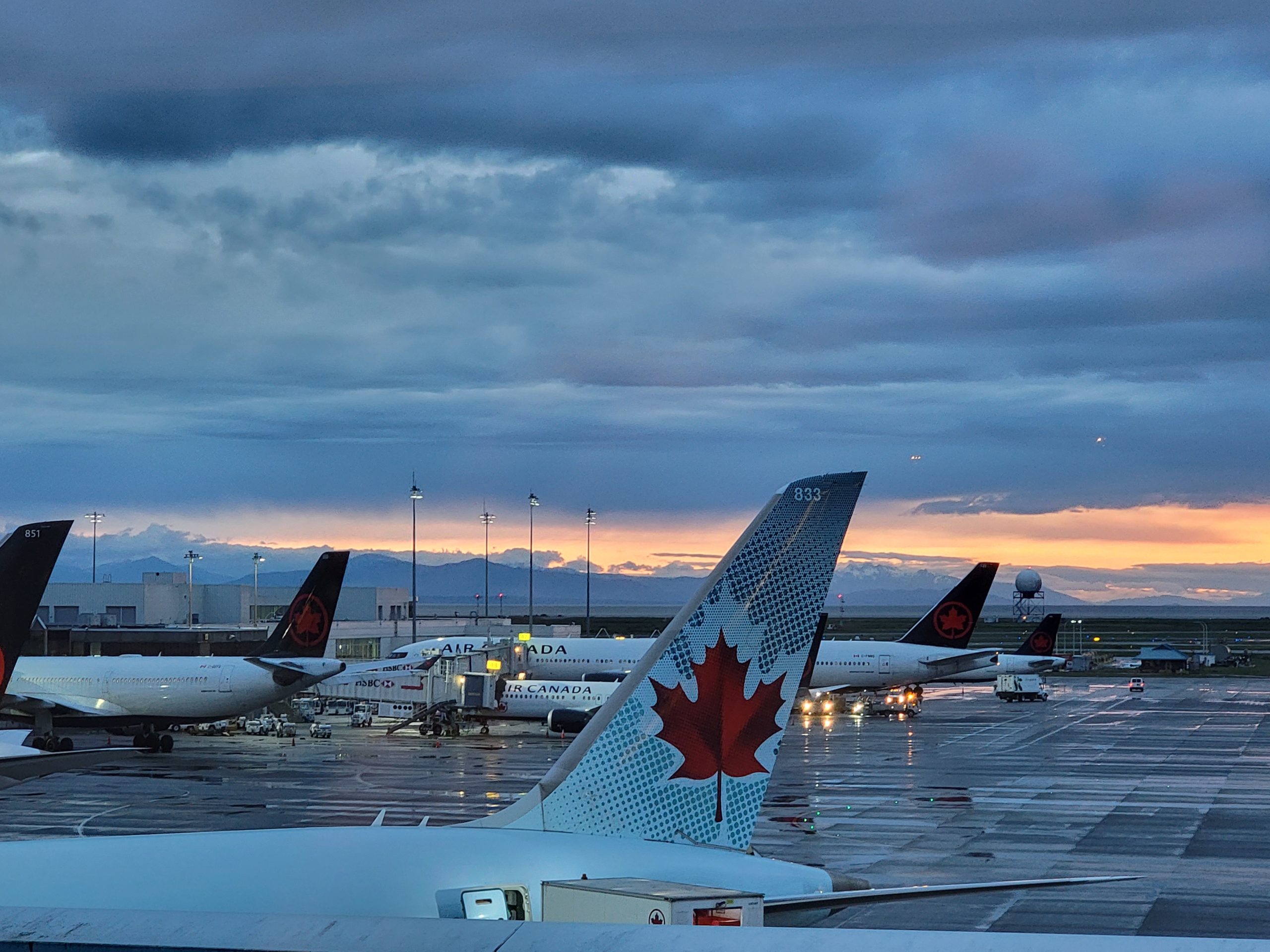
How Elite Status Is Changing
Aeroplan is dropping ‘flight distance or segments plus minimum spend’ as their metrics for status, and replacing that with unified Status Qualifying Credits starting in 2026 for 2027 status.
Status qualifying credit thresholds: 25K, 35K, 50K, 75K, 125K
- Earning isn’t simple! At American, you earn the same number of redeemable miles and status credits (‘loyalty points’) for flights. For Air Canada flights, it’ll be 4 status credits per per CA$1 on Flex and higher fares; 2 status credits per CA$1 on Standard fares and eUpgrade add-ons; and no credit on basic economy.
- Air Canada Vacations earns one status credit per CA$1
- Partners – including airlines not ticketed through Air Canada – earn 1 status credit per 5 base Aeroplan points from partners (capped at 25,000 status credits per year).
- Credit cards earn 1,000 status credits per CA$5,000 spend on premium cobrands and 1,000 credits per CA$20,000 on core cards (capped at 25,000 credits per year – across all cards and issuers).
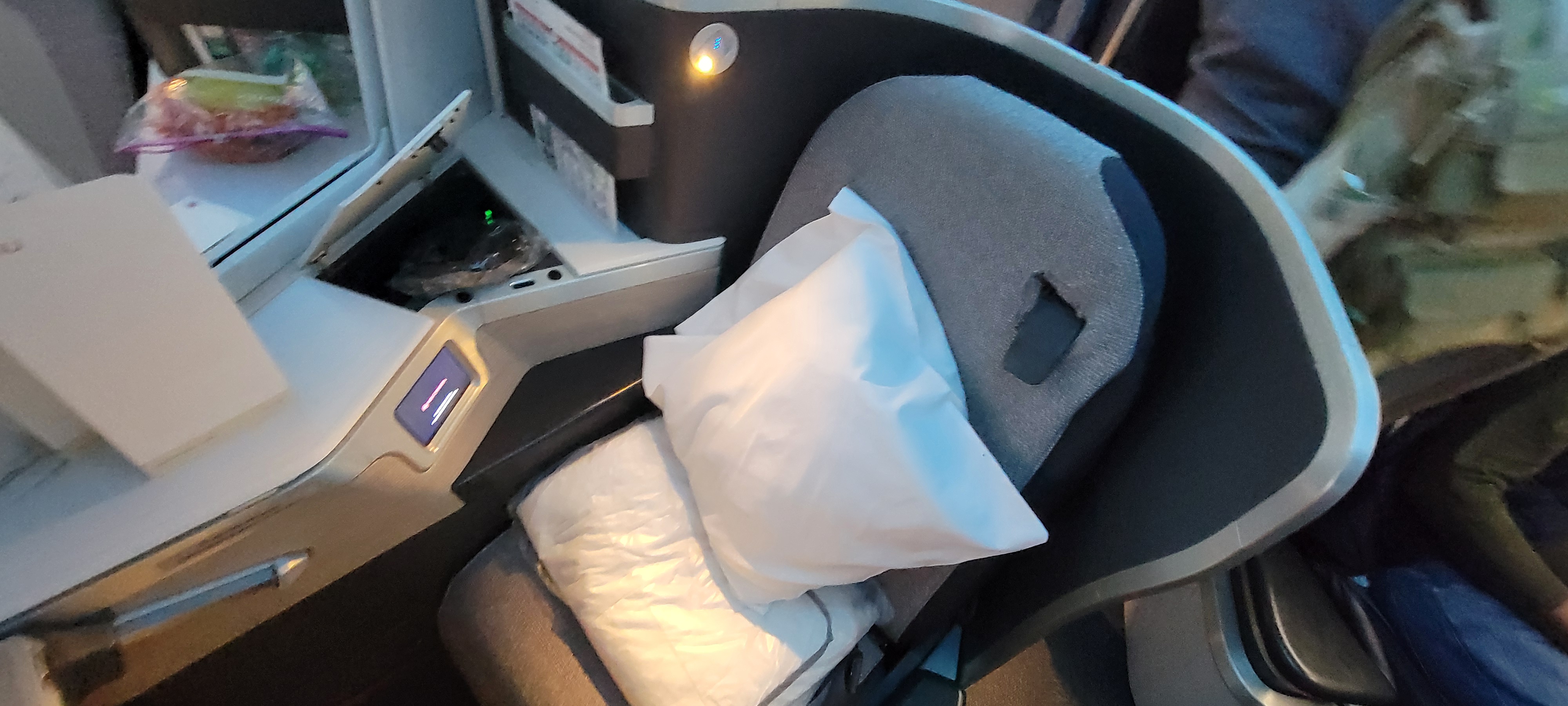
It’s important to note that the Chase Aeroplan card’s ‘level up’ benefit where spending on the card can give you a one status level boost goes away with these changes. And it won’t be possible to earn top status on spend alone given the caps.
They’re introducing Milestone Benefits to replace Select Benefits, Priority Rewards, and Threshold
eUpgrades/Gifts. Elites receive a Milestone every 10,000 status credits earned, up to 200,000 credits, and then one every 20,000 credits earned up to to 1 million status credits.
Each Milestone gives automatic eUpgrade credits plus a choice benefit like 50% off eligible flight rewards; lounge guest passes; bonus points and qualifying credits; gift cards; and status passes.
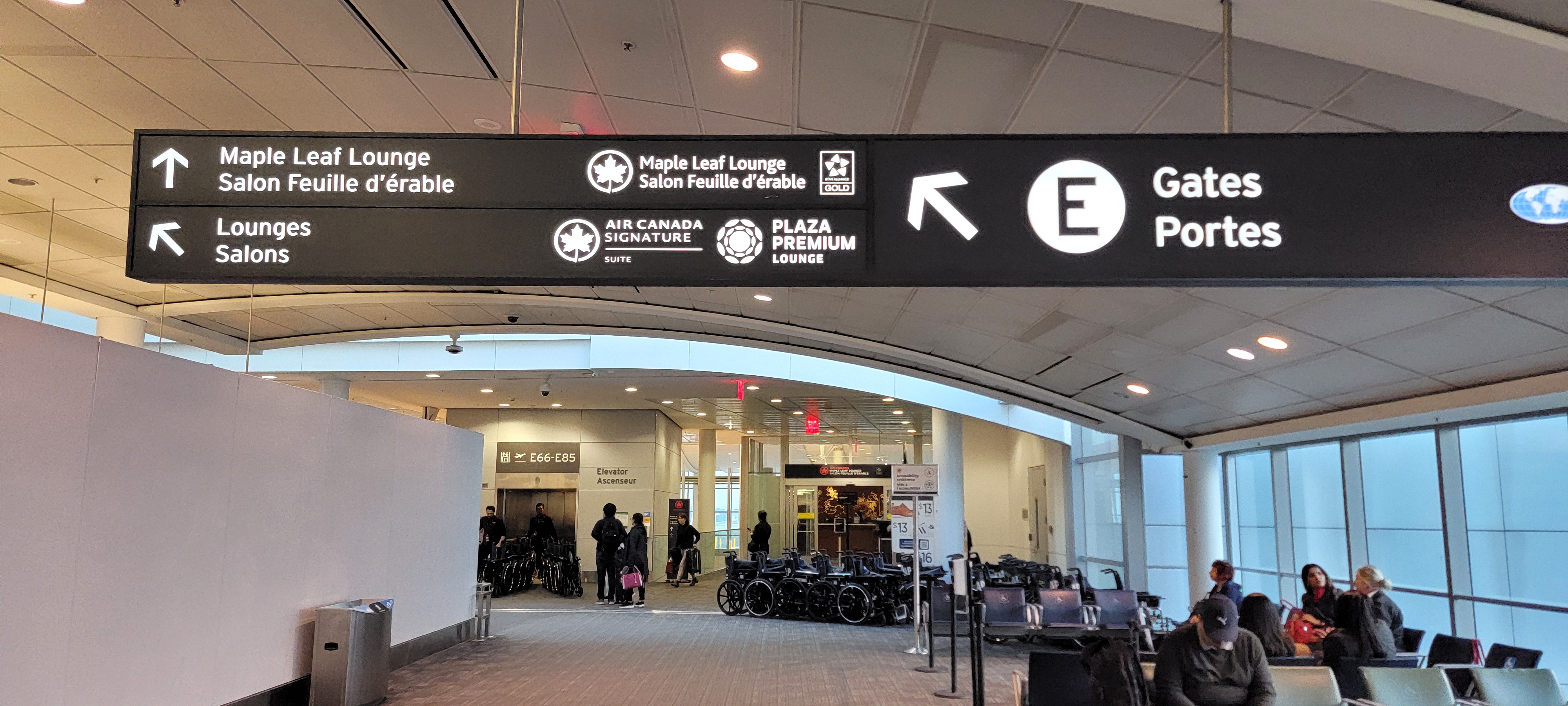
Starting in 2027, primary premium cardholders who requalify get a status credit deposit equal to 10% of prior‑year status credits. For the 2026 transition, excess 2025 rollover qualifying miles converts at 5:1 into status credits (capped at 40,000) by end of March 2026. Premium cardholders also keep 24‑month eUpgrade validity and higher upgrade/standby priority.
The U.S. Chase Aeroplan Card will still grant 25K status with $15k annual card spend and will receive qualifying credit boosts: +10k at $25k, +10k at $50k, and a +5k credit annual bonus. 35K status will be granted at $75k annual spend.
Who Wins And Who Loses Overall?
Air Canada frames these changes as a continuation of their long-standing roadmap, delayed by IT and other priorities, but consistent with their vision. They’ve been overrewarding to some members, and underrewarding to others, and they think they can incentivize engagement across the program with their status qualfiying changes.
However they emphasize that this is not a cost-cut, that reductions in one area are being spent in others. Aeroplan also expects to be running more points-earning promotions as well. And they say that “5/6ths” of members will keep their existing status level or move up a level with these changes. For the other 1/6th it’s painful!
To me, the biggest loss is that Super Elite becomes a lot harder to earn. A cardmember could work towards 75K status and spend on the card for a ‘level up’ to Super Elite. That sweet spot is going away.
Overall, changes are probably negative for value‑seekers and marginally positive for high‑spenders and corporate premium cabin travelers (who also no longer have to worry about segments flown).
But you’re going to have to buy your partner airline flights from Air Canada to get full credit, a change that mirrors something Alaska did for this year.
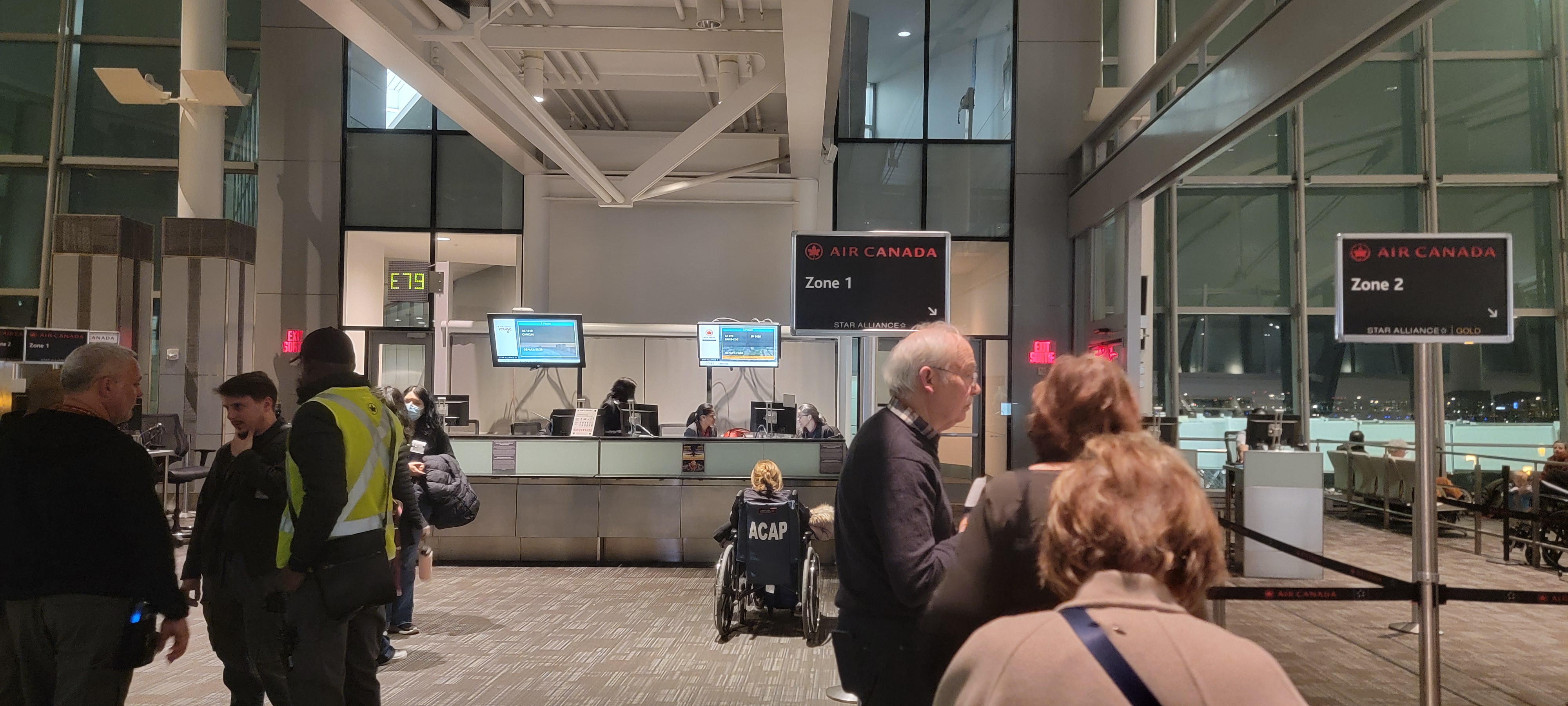
What I’m Actually Excited About
This package of changes seems more like a rebalancing with some members winning and some members losing. Those losing are going to be more vocal, which is very fair. And it’s important to understand how you shake out in the new program so you can make an informed decision about where to target your loyalty.
There’s not a lot here to get excited about per se. I don’t see these changes as delivering more value to members. However there’s one thing I am looking forward to.
About 5 months ago Aeroplan introduced a variable price award chart for United, Etihad and some other partners. I expect that this would mean greater award availability to go along with higher prices. We largely saw the higher prices for these partner airline awards, but not the better availability.
I still expect that we’ll see better availability, and that matters. It means being able to complete an award. Take my own case living out of Austin. The only long haul Star Alliance flight is on Lufthansa, 3-5 days a week, and it almost never has premium cabin award space. So I need a connecting flight on United most of the time to reach another gateway like Houston or Chicago – except those almost never exist, either.
A bit more United award space lets me include the Austin – Chicago flight in an Aeroplan award on Lufthansa or ANA out of Chicago. United lets their own members book these flights at a mileage premium. Being able to do that with Aeroplan points will unlock a lot more full awards. (The same principle would hold on the other side of the Atlantic or Pacific with a partner, too.)
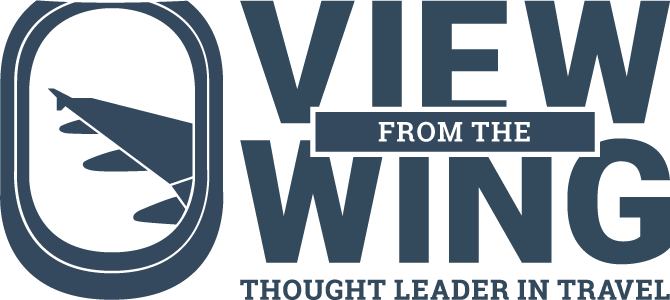

“no changes to transfer partners or points redemption” …so far!
I travel on AC metal at least once a year, and recently opened their Chase card for the 85K bonus; I think their status is overrated and the real benefit is transferring for redemptions on Star Alliance partners. Glad that’s all relatively the same for now. We’ll see…
I still generally like our neighbors to the north and think that they’ve been mistreated by our mad king. Shame.
You are being far too generous with Mr. O’Leary, just repeating his talking points. There is virtually zero chance that 5/6 of members will retain their status. The only people who will benefit from this are short haul direct flyers that are paying exorbitant amounts for their tickets. The number of SE’s will plummet with the increase from 100,000 SQM to 125,000 SQC. For SE’s, the required spend goes from $20,000 to $31,250 and they are the lucky ones (“only” a 56% increase). For 25K, the spend goes from $2500 to $6250, if they are using flex or above. For 50K, the start of *A gold, the spend goes from $6000 to $12,500.
Strangely, while US airlines are trying to encourage as much spending as possible on their cobrand cards, AC is capping the elite status qualification to just one tier or only half a tier (for SE) on theirs.
Also, as far as I can tell, they are cheating all those who have been working for the last 7 months to obtain status in order to get select benefits in January, as those seemingly have been nerfed, making the devaluation retroactive to January 1, 2025. It also appears that they have made million miler status both more difficult to earn and less valuable. It appears that they have eliminated class of service bonuses for earning MM status and, by requiring spend for most benefits, sharply reduced the value of each tier of MM status.
I would have expected considerably better analysis on your part, not just repeating the misinformation provided by Aeroplan
All bad. “Enhancements”.
If the last change in awards didn’t come with more availability, why do you think the next round will if they didn’t do it with United, then then who else will they do it with?
I have 120 K orphaned miles The only thing I can get for that price 2 in J is LAX YVR.
I transferring more miles, but they have so much phantom award availability that I’ll just orphan more.
@Beachfan — I was finding better rates on FLL/MIA-YZZ/YUL during the pandemic (late 2021-2023), when AC operates seasonal wide bodies on those 3 hour flights, 787/a330, which was quite nice in Business with the lie-flat. I presume the best you’d get with LAX-YVR is a 737 or an E175, recliner, eh?
Did you directly ask about expanded UA award space access? And/or any idea why the two weren’t launched at the same time?
I meant *YYZ (though, Toronto-Pearson can put me to sleep sometimes… ZZ…)
@1990, so you have become familiar with the city that other Canadians call “Toronto the Boring”
@farnorthtrader — Yes, it is often a calmer, cleaner, friendlier version of NYC/Chicago (hopefully that’s seen as a compliment). I will say, I’m shocked at how many glass skyscrapers and apartments are there (and Vancouver), all of which seem to have sprouted up in the last decade, yet, still, never enough affordable housing. Anywhere.
Offerings are do poor from LAX, I’ll take the E175.
They didn’t even have lie flats for YUL-LAX this summer when I went.
Best explanation of this I’ve seen so far. Enjoyed getting status-by-15k-card-spend the last few years.
Looks like that’s done. See ya, Aeroplan card.
“I expect that this would mean greater award availability to go along with higher prices. We largely saw the higher prices for these partner airline awards, but not the better availability. I still expect that we’ll see better availability, and that matters.”
We’ll see, but I havent been impressed with partner availability of late.
Return flight to Brazil got me 11,500 points, now will get me 700 ??? Guess I’ll be switching programs.
What happens if my departure is before January 1 but my return is after?
@Jason, each flight is treated separately, so outbound under 2025 rules, return under 2026 rules.